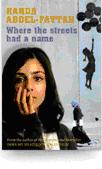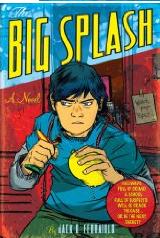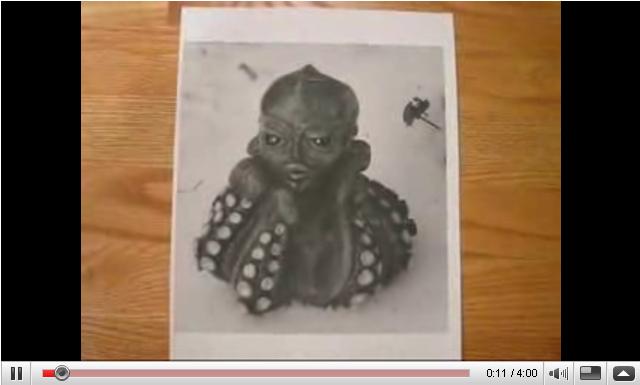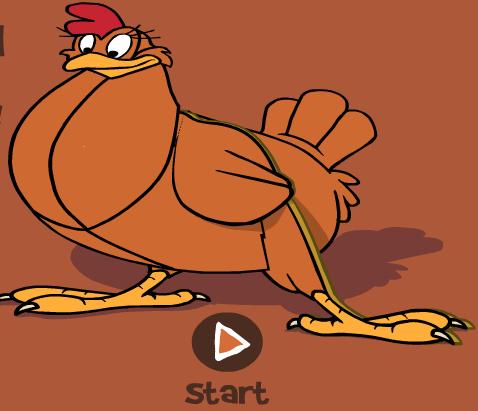| See also
Minibeasts
Plants
Animals
Resources
for Teachers
Curriculum subjects
Term theme
Teaching Strategies
For Kids
Books and Reading
Booklists of kids books
Activities for Kids
Arts, crafts & activities
Fun and games
Homework
Jokes and Riddles
Movies
For Parents
VISIT
THE BLOGS
Pivotal Kids Books
Pivotal Teachers
FREE RESOURCES
in an ezine
Learning to teach is a bigger
job than universities, schools, experience, or personal disposition
alone can accomplish.
-- Sharon Feiman-Nemser
More
quotes about teaching and education
Are you a member of Pivotal Gold?
Benefits of Membership
Register
Get
your free report
Book Review :
Teaching with
Love and Logic
by John Fay

helps
teachers increase skills, enhance professional development and maximize
classroom learning time.
Get a free book
per month by joining the
book club
Toys that promote creativity
 Bring
out the creativity in your
children - get some ideas from
the articles and then scroll
down for the toys that our
research shows are the best at
promoting creativity. Bring
out the creativity in your
children - get some ideas from
the articles and then scroll
down for the toys that our
research shows are the best at
promoting creativity.
|
Biology
World Biomes
http://www.ucmp.berkeley.edu/glossary/gloss5/biome/
Biomes are classified according to the predominant vegetation and
characterized by adaptations of organisms to that particular environment.
Science Songs
http://www.acme.com/jef/science_songs/
Collection of fun songs which each have a different scientific theme. Free
to download.
ASU – Ask a Biologist
http://askabiologist.asu.edu/index.html
Primary and secondary students (and their teachers) who have
puzzling biology questions are invited to submit them to the
scientists at Arizona State University. The site also contains
links to related exemplary websites.
Living and Non-Living Lesson
http://www.iit.edu/~smile/bi9526.html
The main objective of this lesson is for students to understand that
living things need air, water, food and shelter.
Living and Nonliving Things Activities
http://www.nashville.k12.tn.us/CurriculumAwards/Brookmeade/microliving.html
In this lesson students learn to determine if something living or
nonliving.
Living Or Non-living
http://www.eduref.org/Virtual/Lessons/Science/Biology/BIO0093.html
In this lesson plan, the students will recognize the differences between
living creatures and non-living objects.
http://www.exploratorium.edu/imaging_station/index.php
In the summer of 2004, the Exploratorium museum in San
Francisco unveiled their very ambitious and interesting microscope
facility. Over the past few years they've spent a considerable amount of
time and money on this project, and they've also created this fine
website to offer those far away from the Bay area some access to this
project. First-time visitors will want to click on the "Features" area
to get started. Here they can look at the cells of sea urchins, blood,
zebrafish, and frogs. Each feature has images of the cells, along with
complete background material on the work that is being done through the
use of these high-powered images. The "Gallery" is a great place to stop
next, as it contains dozens of high-resolution images and movies created
with research-grade microscopes. Here visitors can learn about cell
motility, development, and immune response through looking over this
extensive gallery that covers the gamut of different cellular
activities. Finally, the site also contains an "Activities" area that
includes classroom activities, printable flipbooks, and desktop
wallpaper
From The Scout Report, Copyright Internet Scout Project
1994-2008. http://scout.wisc.edu/
The Needs of Living Things
http://www.teachersdomain.org/3-5/sci/life/colt/lp_stayalive/
In this lesson, students watch video clips of animals and plants in their
natural environment, to gather evidence that all living things have basic
needs that must be met in order to survive.
Living Things
http://www.sfusd.k12.ca.us/programs/cipd/science/1/1livingthings.html
In this unit of work students have the opportunity to observe plants and
animals living around, in, and on the trees and at the other living things
nearby.
Classification Webquest
http://garnet.acns.fsu.edu/~tah03j/four.htm
You are going to explore the world of living things and how they are
classified.
Discovering An Ecosystem
http://www2.ville.montreal.qc.ca/biodome/act-edu/jeu-eco/ejeu-eco.htm
Interactive game where students create an ecosystem.
Where Do They Live?
http://www.riverwebmuseums.org/activities/ecoactivity/ecosystemactivity.php
Click on the correct ecosystem button for each plant or animal. Click on
the other buttons to learn more.
Who Lives Here?
http://www.pbs.org/kratts/crazy/who/index.html
Collection of online games related to animal habitats.
The Forest Ecosystem
http://www.gfawesome.org/school/lessons/DISCOVERING_ECOLOGY/05_-_The_Forest_Ecosystem/
Who depends on trees? Trees aren't the only things that make up forests.
Ecokids Online
http://www.ecokidsonline.com/pub/index.cfm
Learn about nature and play fun games.
Welcome To The Coral Reef
http://www.harcourtschool.com/activity/coral_1/index.html
Interactive journey to a coral reef.
Human and Animal Habitats
http://www.activescience-gsk.com/games/index.cfm?module=2
Different species need to live in places that suit them. Find about some
of these places here.
BBC: Food Chains
http://www.bbc.co.uk/schools/revisewise/science/living/03b_act.shtml
Learn how food chains work with this learning object.
Living Things
http://www.fi.edu/tfi/units/life/
The world we live in is populated by millions of plants and animals. Find
out about them here.
Living Things Lesson Plans
http://classroom.jc-schools.net/sci-units/living-things.htm#Lesson_
Collection of 25 lesson plans related to this topic.
Dottie's Garden
http://www.primarygames.com/storybooks/plant/start.htm
Online story for kids.
Living and Non Living Things
http://www.hitchams.suffolk.sch.uk/key/plantand.htm
Characteristics of living and non living things.
The Seven Characteristics of Living Things
http://www.saburchill.com/chapters/chap0001.html
Information on characteristics of living and non-living things.
Living vs Non Living Things Quiz
http://www.usoe.k12.ut.us/curr/science/sciber00/7th/classify/living/quiz/livingqu.htm
This quiz is based on the information about the six characteristics of
living things.
Plants and Animals Interactive
http://www.bbc.co.uk/schools/scienceclips/ages/6_7/plants_animals_env.shtml
Find 8 plants and animals in the picture and sort them.
BBC: Variation
http://www.bbc.co.uk/schools/scienceclips/ages/6_7/variation.shtml
Look at the plants and animals as they move past. Move them to the correct
box.
|
Runaway stars

This is a
segment from Science News for Kids and includes an article and a word
search
Make a Rainbow Tank

Looking through the tank, you should notice that
objects several metres away appear to be edged in rainbow colours.
Instructions here ...
Recent Kids Book reviews

Where the Streets had a name
By
Randa Abdel-Fattah

The Big Splash
by Jack Ferraiolo
Video: The
octopus and Evaluating Online Resources


The cardboard Hen
Create a 3-dimensional hen with
cardboard, coloured paper and some
coloured pencils

|